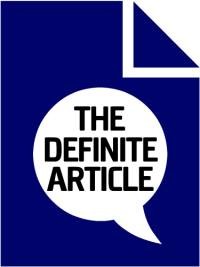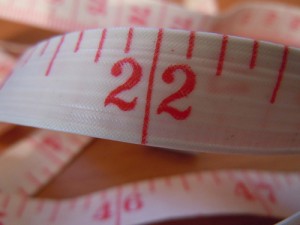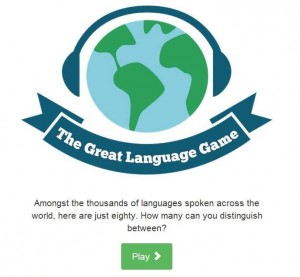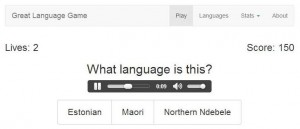Heinz, Starbucks, Sony, Kodak. These are just four of the hundreds of brand names we often see televised, bill-boarded, and purchased by ourselves on a daily basis. But how much do we actually know about these names and all the rest? After scouring the internet for answers, here are a few of my personal favourites:
- Häagen – Dazs
If someone was to ask me to guess the reason behind this brand name, I’d say it was because it was a rich Danish guy’s creation. Clearly it had the intended effect, since the brand is entirely American and not Danish at all. Although the name does make the product feel more premium, the American’s lived up to their stereotype of ignorance by overlooking the fact that Danish doesn’t even use umlauts. Oops.
- Adidas
I had to mention this one, as around the age of 10 somebody convinced me it stood for ‘After Dinner I Did A Shit’. Another more believable and popular belief is that it stands for ‘All Day I Dream About Sports’. Unfortunately neither is true, and the famous sportswear brand is actually a portmanteau of the founder’s name- Adolf (Adi) Drassler. Although a small part of me was hoping for the former, crude explanation I came across, I think anyone who owns an item from the brand is glad they’re not walking around sporting the name ‘Adolf’ in big bold letters.
- Nivea
Niveus is apparently Latin for Snow White, and they wanted a name that reflected the colour of their signature skin cream. What better than the image of purity to go with white? So if you’re looking to feel better the morning after a night before, you can’t go wrong with a bottle of purity priced below £3.
- Venus- Gillette
Gillette named their razor targeted at women after the Roman equivalent of Aphrodite- who we’re all aware of as being the Greek Goddess of love, sex, and fertility. If I’m honest, I could have done without the action of putting a razor to my skin being sexualised, but I am guilty of buying them for the pink handle.
- Durex
An abbreviation of Durable Reliable Excellence. This had to make into my top 5 just for the contrast to the American bestselling condom brand Trojan, which brings up more imagery of viruses than the virility of the Trojan people they were aiming for.
By Natasha Nayga





![Love_point[1]](http://blogs.kent.ac.uk/thedefinitearticle/files/2015/02/Love_point1.jpg)
![Acclamation_point[1]](http://blogs.kent.ac.uk/thedefinitearticle/files/2015/02/Acclamation_point1.png)


![Certitude_point[1]](http://blogs.kent.ac.uk/thedefinitearticle/files/2015/02/Certitude_point1.png)





